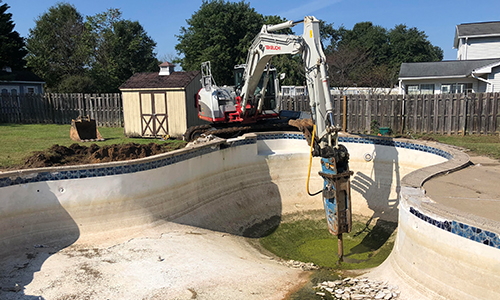Gaming has undergone a remarkable evolution over the past few decades, transforming from humble beginnings into a multi-billion-dollar industry that influences various aspects of modern culture. From the earliest arcade classics to the cutting-edge virtual reality situs slot experiences of today, the world of gaming has continually evolved through innovation and creativity, leaving an indelible mark on society.
One of the most significant developments in gaming has been the advancement of technology, which has enabled developers to create increasingly immersive and visually stunning experiences. From the introduction of 3D graphics in the 1990s to the emergence of virtual reality (VR) and augmented reality (AR) technologies in recent years, gaming has pushed the boundaries of what is possible in terms of graphical fidelity and realism. These advancements have not only enhanced the gaming experience but have also paved the way for new forms of storytelling and interactive gameplay.
Moreover, gaming has become a powerful medium for storytelling, offering players the opportunity to engage with rich narratives and complex characters. Games like The Witcher 3: Wild Hunt, God of War, and The Last of Us have been praised for their compelling stories and emotionally resonant moments, blurring the lines between traditional storytelling mediums like film and literature. Through interactive storytelling, gaming allows players to become active participants in the narrative, shaping the outcome of the story based on their choices and actions.
In addition to entertainment, gaming has also become a social phenomenon, bringing people together through online multiplayer games, streaming platforms, and gaming communities. Online multiplayer games like Fortnite, Overwatch, and Among Us provide platforms for players to connect, compete, and collaborate with friends and strangers from around the world. Streaming platforms like Twitch and YouTube Gaming have further expanded the reach of gaming, allowing players to share their gameplay experiences with millions of viewers and build communities around their favorite games.
Furthermore, gaming has emerged as a powerful tool for education and learning, offering interactive and engaging experiences that facilitate skill development and knowledge acquisition. Educational games and simulations cover a wide range of subjects, from math and science to history and geography, providing students with opportunities to learn in a fun and immersive environment. Games like MinecraftEdu, Kerbal Space Program, and Civilization VI have been embraced by educators as valuable teaching tools that foster critical thinking, problem-solving, and creativity.
Despite its many positive aspects, gaming also faces challenges and controversies, including concerns about addiction, toxicity, and representation within the industry. The World Health Organization’s recognition of gaming disorder as a mental health condition and ongoing debates about the portrayal of violence and other controversial themes in games highlight the complexities and controversies surrounding gaming culture.
In conclusion, gaming has evolved into a dynamic and influential medium that shapes and reflects the values, interests, and aspirations of contemporary culture. From its beginnings as a simple form of entertainment to its current status as a global industry driving technological innovation, storytelling, and social interaction, gaming continues to push the boundaries of what is possible and redefine the way we play, learn, and connect with others. As gaming continues to evolve and expand, its impact on society and culture will undoubtedly continue to grow in the years to come.
…
